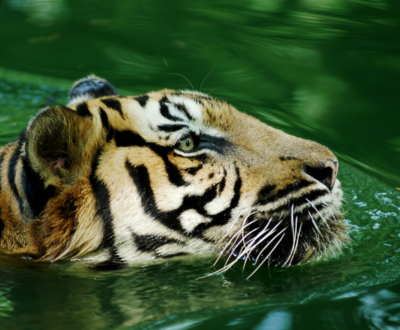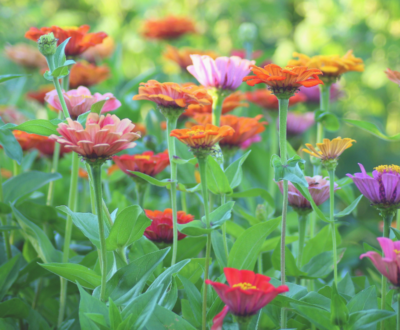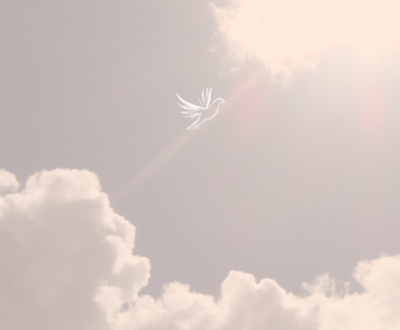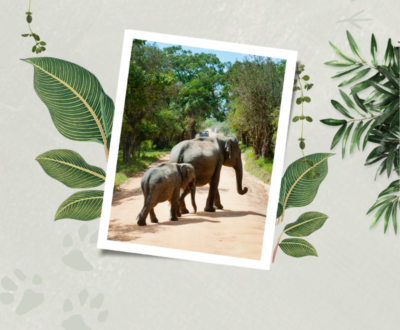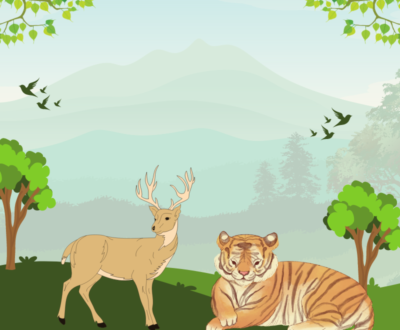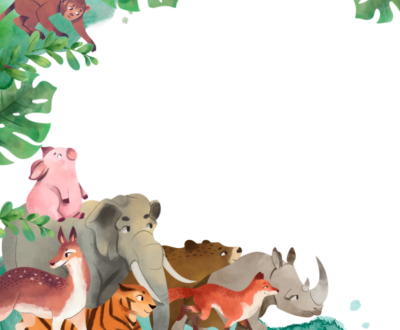- Introduction: Importance of wildlife photography in conservation and personal enjoyment.
- Content: Basic photography tips, equipment recommendations, and ethical considerations.
- Tips: How to approach wildlife without disturbing them and capturing the perfect shot.
1. Introduction to Wildlife Photography
- Brief overview of wildlife photography and its appeal.
- The thrill of capturing animals in their natural environment.
- Why patience, respect for nature, and technical skills are essential for success.
2. Choosing the Right Equipment
- Camera: Discuss the best options for beginners (e.g., DSLR vs. mirrorless cameras) and the importance of having manual settings.
- Lenses: Importance of a good telephoto lens (300mm+ recommended) for distant shots, and a wide-angle lens for landscapes and habitat context.
- Tripod/Monopod: Explain the value of stabilization when shooting with long lenses, especially for low-light situations.
- Accessories: Carrying spare batteries, memory cards, and using lens hoods or filters to protect equipment in harsh outdoor conditions.
3. Mastering Camera Settings
- Shutter Speed: Importance of fast shutter speeds (1/1000 sec or faster) to freeze action, particularly with moving animals.
- Aperture: How aperture settings (f-stop) control depth of field, allowing you to isolate your subject while blurring the background (e.g., f/5.6 for sharp focus on animals).
- ISO: Tips for adjusting ISO to manage low light (without adding too much noise to the image).
- Burst Mode: Use continuous shooting mode to capture fast-moving animals or fleeting moments.
- Focus Modes: Tips on using autofocus (AF) or manual focus for quick and accurate shots. Recommend using AI-Servo/AF-C for moving subjects.
4. Understanding Animal Behavior
- Importance of knowing your subject: Research the species you’re photographing to understand their behaviors, movements, and patterns.
- How to anticipate actions (e.g., when birds take off or when mammals are most active).
- Patience is key: Wildlife photography often requires long waits for the perfect moment.
5. Composition Techniques
- Rule of Thirds: How placing the animal off-center can create a more dynamic composition.
- Framing: Using natural elements (trees, foliage) to frame your subject.
- Leading Lines: Using natural lines in the environment (e.g., branches, rivers) to draw attention to your subject.
- Perspective: Experiment with different angles and heights. Shooting at eye level with the animal creates more intimate, compelling images.
- Negative Space: Leaving space around your subject can convey a sense of scale and isolation in the wild.
6. Getting Close Without Disturbing Wildlife
- Tips for using zoom lenses or cropping in post-production to get close-up shots without approaching animals too closely.
- Hides and blinds: Using natural or built hides to stay out of sight while capturing intimate animal behaviors.
- The importance of staying quiet, moving slowly, and blending into the environment.
7. Lighting in Wildlife Photography
- Golden hours: Why early morning and late afternoon provide the best light (soft, warm lighting).
- Overcast days: Benefits of soft, diffused light for even exposure without harsh shadows.
- Tips for backlighting animals to create dramatic silhouettes or rim light effects.
- Managing exposure in high-contrast situations (e.g., bright backgrounds or dappled light in forests).
8. Ethical Considerations
- Respect Wildlife: Never disturb animals or disrupt their natural behaviors for the sake of a photo.
- Safety first: Both for yourself and the animals. Never approach potentially dangerous wildlife too closely.
- No baiting or luring: Avoid any practices that interfere with the animal’s natural behaviors.
- Always follow park or sanctuary rules and adhere to conservation principles.
9. Post-Processing Tips
- Basic photo editing tips for wildlife images: Adjusting exposure, contrast, color balance, and sharpness.
- Importance of cropping to improve composition and remove distractions.
- Using Lightroom or Photoshop for basic adjustments like enhancing details or removing minor imperfections.
10. Patience and Persistence
- Wildlife photography often involves waiting hours for a few seconds of action.
- Accepting that you won’t always get the perfect shot, but persistence pays off.
- Encourage beginners to practice regularly and build skills over time.
11. Common Wildlife Photography Mistakes to Avoid
- Over-reliance on zoom: Forgetting to include context by shooting too tight or cropping too much.
- Bad lighting: Shooting in harsh, midday sun can result in washed-out colors and hard shadows.
- Impatience: Leaving a location too quickly before the perfect shot happens.
- Neglecting the environment: Focus not just on animals but their surroundings, too.
12. Getting Started: Locations for Beginners
- Recommendations for beginner-friendly wildlife locations: National parks, wildlife sanctuaries, and even local parks.
- How to practice with accessible animals (birds, squirrels, etc.) before moving on to more exotic wildlife.
Conclusion: Enjoy the Journey
- Encourage beginners to enjoy the process, explore nature, and appreciate wildlife beyond the photos.
- Reinforce the idea that wildlife photography is about more than capturing images – it’s about connecting with the natural world.
About us and this blog
We are a digital marketing company with a focus on helping our customers achieve great results across several key areas.
Request a free quote
We offer professional SEO services that help websites increase their organic search score drastically in order to compete for the highest rankings even when it comes to highly competitive keywords.
Subscribe to our newsletter!
More from our blog
See all posts
Introduction: The power of Best Wildlife Documentaries in raising awareness and inspiring…
Introduction: The importance of creating wildlife-friendly gardening spaces in urban areas. Content:…
Introduction: The joy and benefits of beginner birdwatching guide. Content: Essential gear,…
Introduction: Common misconceptions about zoos and conversion and their contributions to conservation.…
Introduction: The importance of sustainable travel and its benefits to wildlife and…
Introduction: Overview of how climate change is affecting global wildlife populations. Content:…
Introduction: Highlight the beauty and significance of national parks that aren't as…
India with its vast and varied landscapes, offers some of the world’s…
[easy-share counters=1 counter_pos="inside" native="no" hide_total="yes" fullwidth="yes" fullwidth_fix="100"]
No Comments
Recent Posts
- Top Wildlife Documentaries You Need to Watch August 30, 2024
- Gardening for Wildlife: Creating a Backyard Habitat August 30, 2024
- Birdwatching for Beginners: A Comprehensive Guide August 30, 2024

